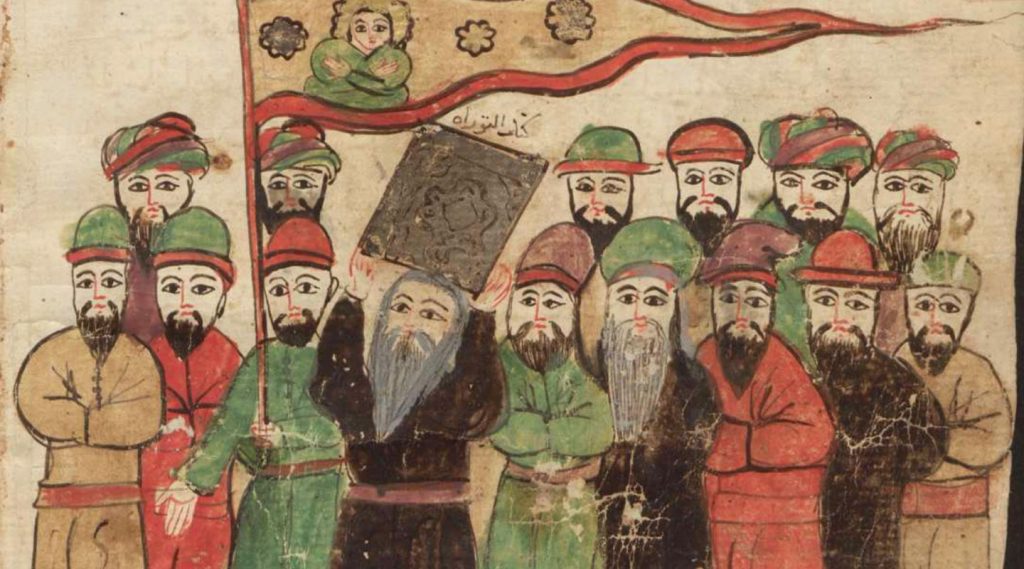The research consortium Biblia Arabica has as its focus versions of the Bible that are in Arabic, which were produced over many centuries on the basis of a wide range of source languages and in varying contexts. The oldest Arabic Bible versions have come down to us from an early stage of the process of Arabicisation in Late Antique communities, while others have been produced quite recently. Compared to other translation traditions of the Bible throughout its history, Arabic versions are the most abundant in terms of the number of surviving manuscripts and, later, in terms of the number of prints. Moreover, they reveal an unusually large variety of stylistic and didactic approaches, vocabulary, scripts, and translation strategies. Although originally intended for internal use by the different denominations that produced them (Jews, Christians, and Samaritans), the translations were also quoted and adapted by Muslim writers, who were familiar with many biblical episodes and characters through their own sacred scripture, the Qur’an.

Biblia Arabica attempts to set methodological standards and offer a clear definition of a newly emerging but very active field of research. It charts the countless manuscripts and fragments that are now found in monasteries throughout the Middle East and libraries across the globe; analyses the different methods that were used to translate from Hebrew, Aramaic, Syriac, Greek, and Coptic; and examines the mutual influences, both religious and cultural, between the different religious communities. In addition, it considers the historical and social repercussions of the discourses and polemic that developed over the course of time and which are still alive today.

